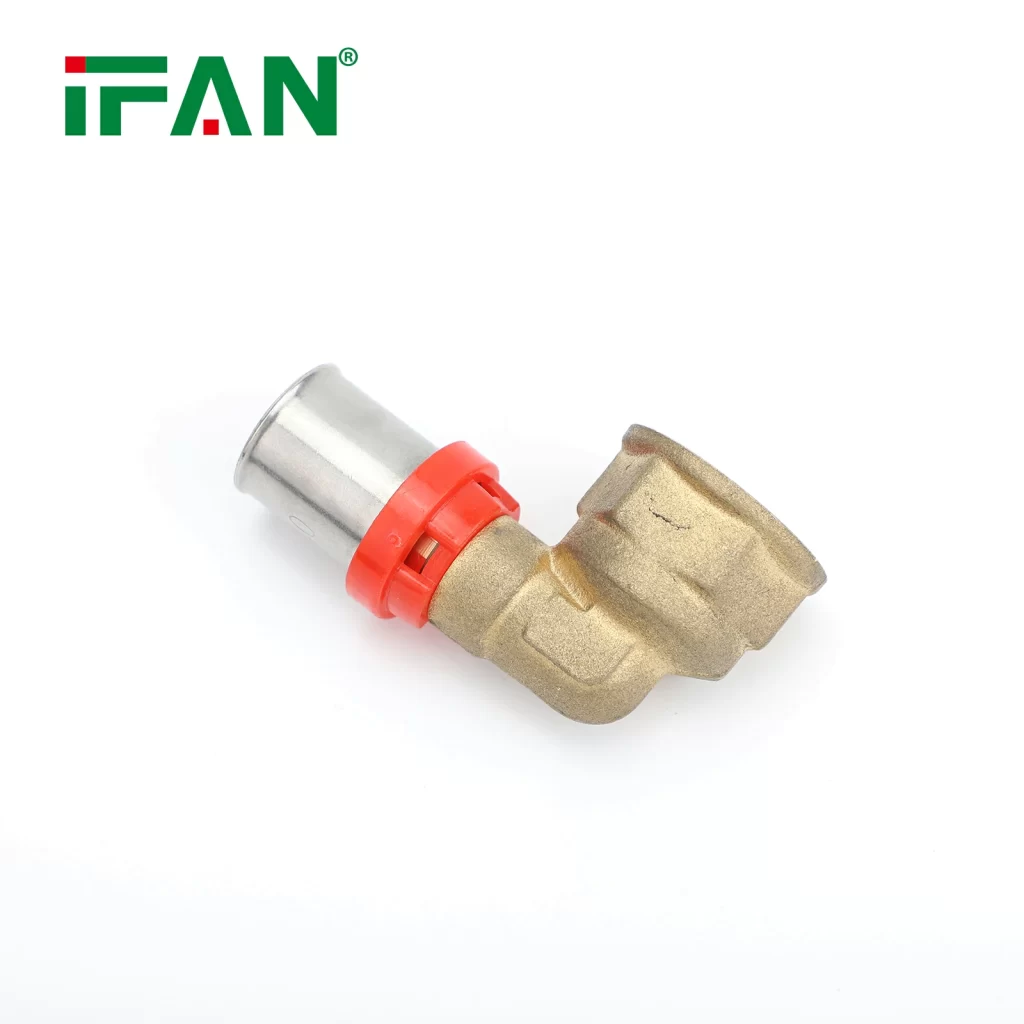Introduction
The retail industry is undergoing a digital transformation, and at the forefront of this change is the Virtual Fitting Room. This innovative technology allows customers to try on clothes, accessories, and even eyewear from the comfort of their homes using augmented reality (AR) and artificial intelligence (AI). While this concept is revolutionizing fashion, the underlying principle of a precise, seamless fit finds a surprising parallel in the industrial world of pipe press fittings. This article explores how virtual fitting rooms work, their benefits, and the fascinating connection to engineering precision.

What is a Virtual Fitting Room?
A Virtual Fitting Room is a technology-driven solution that enables shoppers to visualize how clothing items will look on them without physically trying them on. Using a smartphone camera, webcam, or in-store kiosk, the software creates a 3D model of the user’s body. Garments are then digitally superimposed onto this model in real-time, allowing for accurate sizing, color changes, and style comparisons. This focus on achieving a perfect fit mirrors the critical importance of precision in industrial applications like installing pipe press fittings, where a millimeter-perfect connection is essential for system integrity.
How Does the Technology Work?
The magic of virtual fitting rooms is powered by a blend of several advanced technologies:
- Augmented Reality (AR): Overlays digital garments onto the user’s live video feed.
- Artificial Intelligence (AI) and Computer Vision: Algorithms accurately detect body shape, pose, and measurements to ensure the virtual clothing drapes and moves realistically.
- 3D Garment Modeling: Clothing items are converted into detailed digital twins that simulate fabric behavior, including stretch, drape, and fold.
This process requires immense computational accuracy, much like the engineering behind pipe press fittings. The press-fit technique relies on exact measurements and calculated tolerances to create a secure, leak-proof seal between pipes without threading or welding. Similarly, virtual fitting technology must precisely “mate” a digital garment with a human form to provide a trustworthy experience.
Benefits for Consumers and Retailers
The adoption of virtual fitting rooms offers a win-win scenario for both shoppers and businesses.
For Consumers:
- Convenience: Try on countless outfits in minutes without entering a physical changing room.
- Increased Confidence: Make more informed purchasing decisions, reducing the anxiety of online shopping.
- Personalization: Receive accurate size recommendations and discover new styles that fit your body type.
- Reduced Returns: One of the biggest challenges in e-commerce is sizing-related returns. Virtual try-ons significantly lower return rates by helping customers get the right fit the first time.
For Retailers:
- Higher Conversion Rates: Engaging experiences keep customers on sites longer and encourage purchases.
- Valuable Data Insights: Gain anonymized data on popular sizes, tried-on items, and conversion patterns to optimize inventory.
- Enhanced Brand Image: Positioning as an innovative, tech-forward brand attracts a modern audience.
- Operational Efficiency: Fewer returns mean lower shipping and restocking costs.
The Connection to Precision Engineering
The core challenge of both a virtual fitting room and a pipe press fittings system is achieving a reliable, perfect fit through digital and mechanical means, respectively.
- Accuracy is Paramount: Just as a miscalculated pipe diameter leads to a failed seal, an inaccurate body scan results in a poor virtual fit, eroding consumer trust.
- Simulation is Key: Engineers use software to simulate the pressure and stress on pipe press fittings before physical installation. Similarly, AI simulates how digital fabric interacts with a digital body.
- Standardization: The press-fit system relies on standardized fittings and tools for consistent results. The virtual fitting room industry is moving towards standardizing size charts and body scanning data for universal accuracy.
This parallel highlights how principles of precision engineering are crucial across disciplines, from plumbing to fashion tech.
The Future of Virtual Fitting Rooms
The future holds even more promise. We can expect integration with wearable technology, more advanced fabric simulation, social features allowing friends to comment on outfits remotely, and even tighter integration with custom tailoring services. The goal remains the same: to use technology to bridge the gap between the digital and physical, ensuring the customer gets a perfect fit every time, with the same reliability expected from a well-installed system of pipe press fittings.
Conclusion
Virtual Fitting Rooms are far more than a gimmick; they are a powerful tool solving a core retail problem. By leveraging AR, AI, and 3D modeling, they enhance the customer experience, boost sales, and reduce waste. The technology’s reliance on precision and accurate fitting is a testament to how digital and industrial worlds converge, sharing the same fundamental goal as engineering a secure pipe press fittings connection: to ensure a perfect, reliable, and seamless fit.
FAQs
- Do I need special equipment to use a virtual fitting room?
Most virtual fitting rooms are accessible through a smartphone or computer webcam. Some advanced in-store kiosks may offer higher accuracy, but no special equipment is typically needed for home use. - How accurate are the size recommendations?
Accuracy is continually improving. The best systems use a combination of body scanning technology and detailed garment measurements to provide highly accurate size advice, significantly reducing the risk of ordering the wrong size. - Is my body scan data safe?
Reputable retailers use anonymized data, meaning your body measurements are not stored with personally identifiable information. Always check the company’s privacy policy to understand how your data is used and protected. - Can virtual fitting rooms work for all body types?
The industry is working to improve inclusivity. While early versions struggled with diverse body shapes, modern AI algorithms are much better at accurately rendering a wide range of body types, sizes, and poses. - What’s the difference between AR try-on and a virtual fitting room?
An AR try-on often simply superimposes a static image of clothing onto your screen. A true virtual fitting room is more advanced, using AI to model how the garment actually fits, drapes, and moves with your body in real-time.





